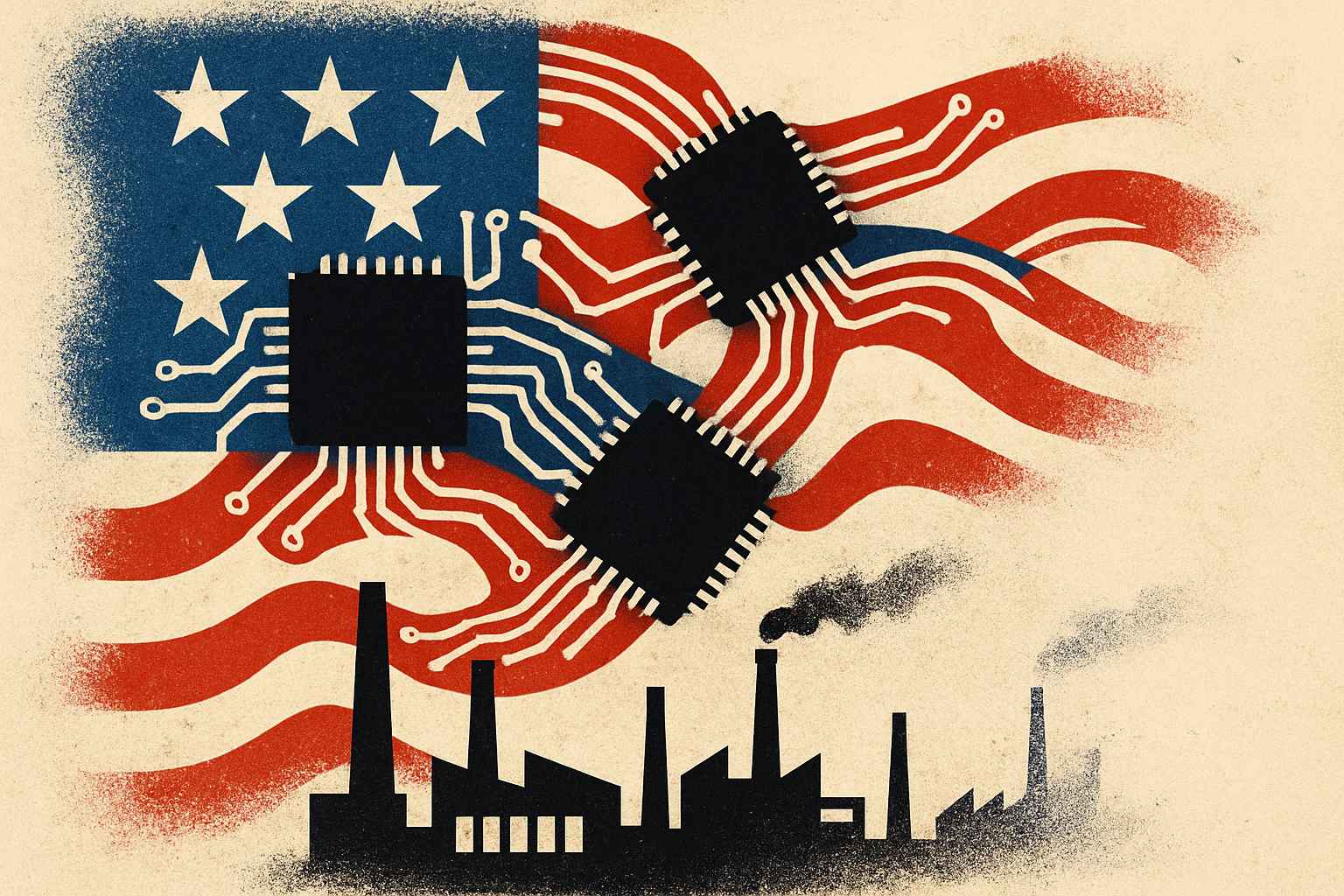
AI CERTS
2 days ago
Foxconn’s Wisconsin Saga Tests US Manufacturing Credibility
Analysts now sift through public audits, land records, and shifting press releases. Moreover, the 2018 groundbreaking now symbolizes dashed hopes rather than industrial rebirth. Stakeholders debate costs, benefits, and reputation concerns as Microsoft replaces the original tenant.

Headline Promise Quickly Unravels
Foxconn’s announcement dazzled audiences with superlatives. President Donald Trump labeled the plan the “eighth wonder of the world.” Furthermore, local officials rushed to assemble land and approve incentives.
During the 2018 groundbreaking, executives promised a Generation 10.5 fab that would anchor a new supply chain. Nevertheless, by 2019 the company shifted to a smaller Gen 6 facility, triggering what observers soon called a flat-panel display failure.
Consequently, milestones slipped. Hiring lagged, and the Wisconsin Economic Development Corporation, or WEDC, questioned eligibility for generous tax credits. Transition audits exposed gaps, spurring increasing reputation concerns across global markets.
Key early warning signals included:
- Repeated scope changes communicated without engineering details
- Delays in ordering specialized fabrication equipment
- Contract language demanding Gen 10.5 output left unfulfilled
- Growing media coverage of the Trump deal collapse narrative
These red flags eroded confidence quickly. Consequently, the original vision became politically fragile, setting up financial debates next.
Detailed Timeline Highlights Recap
July 2017 delivered the initial signing ceremony. Subsequently, the 2018 groundbreaking attracted national broadcast vans and dignitaries. In contrast, by late 2019 Foxconn acknowledged the likely flat-panel display failure when it postponed equipment purchases.
WEDC denied 2019 credits in October 2020. Meanwhile, the Trump deal collapse phrase gained traction after an electoral shift placed Governor Tony Evers in charge.
April 2021 produced a renegotiated agreement worth $672 million in capital commitments and a job target of 1,454. Moreover, Microsoft began buying surplus land in 2023, altering local risk exposure.
The compressed timeline illustrates relentless downsizing. Therefore, understanding fiscal impacts on Wisconsin becomes essential.
Economic Stakes For Wisconsin
State leaders originally dangled up to $2.85 billion in refundable credits. Additionally, Racine County and Mount Pleasant issued debt for roads, sewers, and land acquisition.
The amended 2021 contract capped state liability at $80 million. Nevertheless, local taxpayers still face repayment schedules tied to Tax Incremental Financing districts.
The headline figures, adjusted for 2025 filings, include:
- Foxconn cumulative qualified credits: $52.5 million
- Annual FY 2023 credits verified: $8.7 million
- Local infrastructure outlays: roughly $500 million
- Microsoft phase-one spend commitment: over $1 billion
Consequently, economists debate whether Microsoft’s arrival salvages value or merely patches balance sheets. Tim Bartik notes that incentive paybacks remain uncertain for decades.
Auditors from the Legislative Audit Bureau highlighted methodological weaknesses when WEDC counted remote employees. Moreover, Deloitte’s verification letters faced scrutiny for opacity.
Missy Hughes defended pay-for-performance design, stating credits flow only after investment occurs. Nevertheless, critics argue that delayed clawbacks threaten US manufacturing credibility if targets disintegrate before benefits accrue.
In contrast, supporters emphasize that the amended deal already saved $2.77 billion. They claim proper governance averted an outright fiscal catastrophe.
These subsidy mechanics reveal policy tension. Subsequently, attention shifts to operational realities on the repurposed campus.
Site Repurposing And Future
Microsoft’s data-center blueprint now dominates the 2,500-acre site. Furthermore, Foxconn operates smaller labs, server assembly lines, and a network operations center.
Meanwhile, construction pauses announced in early 2025 for later Microsoft phases reignited reputation concerns about long-term momentum.
Professionals can enhance their expertise with the AI Executive™ certification, learning how to evaluate mega-project risk.
Consequently, regional planners adjust utility projections and workforce programs. They aim to align training with cloud infrastructure rather than flat-panel display failure trajectories.
The campus therefore remains active yet transformed. Next, lessons for regulatory design emerge.
Community Impact Still Unfolding
Eminent domain displaced dozens of households during the 2018 groundbreaking period. Additionally, some landowners continue to litigate compensation claims.
Moreover, housing values around the site rose unevenly, generating fresh reputation concerns among neighboring towns that missed infrastructure improvements.
Local schools gained short-term revenue from construction crews yet face volatility as long-term payrolls evolve.
The social ledger thus remains unsettled. Therefore, broader credibility implications must be addressed.
Implications For US Credibility
Policy analysts warn that repeated high-profile misses erode US manufacturing credibility with global investors. Furthermore, the Trump deal collapse narrative amplifies skepticism abroad.
Nevertheless, the renegotiation demonstrates that corrective action is possible. Consequently, other states now insist on tighter milestones and automatic clawbacks.
International suppliers still value the American market. However, they monitor every audit, subsidy payment, and headline for signals about US manufacturing credibility.
Wisconsin officials therefore treat Microsoft’s follow-through as a litmus test. In contrast, critics argue only large-scale production success can fully restore US manufacturing credibility.
The credibility question will persist until durable industrial output appears. Subsequently, closing reflections emerge.
Key Takeaways And Action
Foxconn’s retreat offers hard lessons. Additionally, the saga illustrates how swiftly US manufacturing credibility can rise and fall.
Governors, agencies, and taxpayers now evaluate each incentive through the lens of US manufacturing credibility. Consequently, stricter verification has become political common ground.
Moreover, multinational firms weigh site decisions against perceived US manufacturing credibility, balancing rule clarity, labor pools, and infrastructure readiness.
Professionals who manage large bids must safeguard US manufacturing credibility by demanding transparent contracts, phased funding, and enforceable clawbacks.
Therefore, readers should deepen their strategic toolkit. Enroll in the linked AI Executive™ program to champion projects that strengthen US manufacturing credibility.



